The previous volume, "Giac Phai" (2024) described the space of the Northern Delta region associated with soldiers, while "Hoa pang nang roi roi" is a picture of the highlands today associated with the working life, living habits and thoughts and concerns of the people here, still intact with the precious rusticity and sincerity.
“Păng nang”, people in the lowlands call it the kapok tree. In the folk tales of many ethnic groups in the northern highlands, the common motif is that the Pang nang flower is the incarnation of a girl waiting for her lover. The story goes that in a certain village, there was a poor, kind, strong man who fell in love with a charming, beautiful mountain girl.
The wedding was carefully prepared, but then it rained and a big flood swept everything away. The villagers discussed planting a pole so that the young man could go to heaven to ask for clarification. On the day of his departure, he tied a red cloth band around his lover's hand, each end with a five-petaled tassel, promising to return. The pole turned into a păng nang tree, but the young man still had not returned. Since then, the tree has become a symbol of unfulfilled love. The păng nang flowers kept falling sadly, but did not change their bright red color, like the girl's heart, waiting anxiously...
Cover of the story collection "Flowers of the fallen trees". |
Throughout the collection of stories, although pear trees, ironwood trees, and sa moc trees are described, readers still see them as variations of the Pang Nang tree, such as seeing the color of the Pang Nang flowers dyeing the space of the story red or falling with sadness, sadness, regret... Nguyen Phu skillfully relied on cultural prototypes to write stories that often do not have stories to create natural shapes and portray the psychology of characters that only exist in the Northwest highlands. That is a premise for the poetic quality to float throughout the spaces, landing in beautiful literary lines, rich in cinematic qualities, vivid shapes and colors.
The book seems to prove a rule that writers must live deeply in life to grasp the rhythm of life, understand the life scene, the sky scene and sympathize with the thoughts and desires to be able to write soulful pages. Only by truly understanding the Northwest can writers have the capital to describe the poetic moonlit nights as just the surface, while hidden deep under the fields, the forests, the foothills... is the tense competitive life of all animals. And inside the stilt houses are throbbing hearts, filled with nostalgia or sorrow and pain...
Good literature must create obsession. In the collection of stories, the images that cause lingering, sympathetic feelings in readers are the images of female characters. They are Si-"Red Chao Leaves", Cho-"House on the Windy Slope", Soa-"Last Market", May-"Flowers of Late Spring"... representing the desires for love, freedom, happiness but not yet escaping the net of habits and customs. Are they willing to be "prisoners" of old, backward customs and selfishness of men? That lingering question echoes out of the book, inviting and waiting for readers to answer in sympathy with human nature and life. To enhance the visuality and bring the story closer to real life, the collection of stories uses many bright, interesting comparisons, close to the psychological thinking of the people, especially the Mong people.
One contribution to the narrative is the semi-direct structure of the text, which is both the character's words and the narrator's words, difficult to distinguish, creating the illusion that the character is both near and far, real and also virtual, such as: "Spring rain flutters outside the porch. Warm gusts of wind blow in... This morning, only May is at home. May has to watch the pot of Tet wine for her father" in the short story "The new moon hangs on the mountain top". May's perspective and point of view are inserted into the narrator's words, as if to claim the right to express, lament, blame, resent... Thanks to that, the text has soul, is bustling, and is lively.
According to the People's Army
Source: https://baoangiang.com.vn/mot-giong-van-tru-tinh-tinh-te-a422748.html


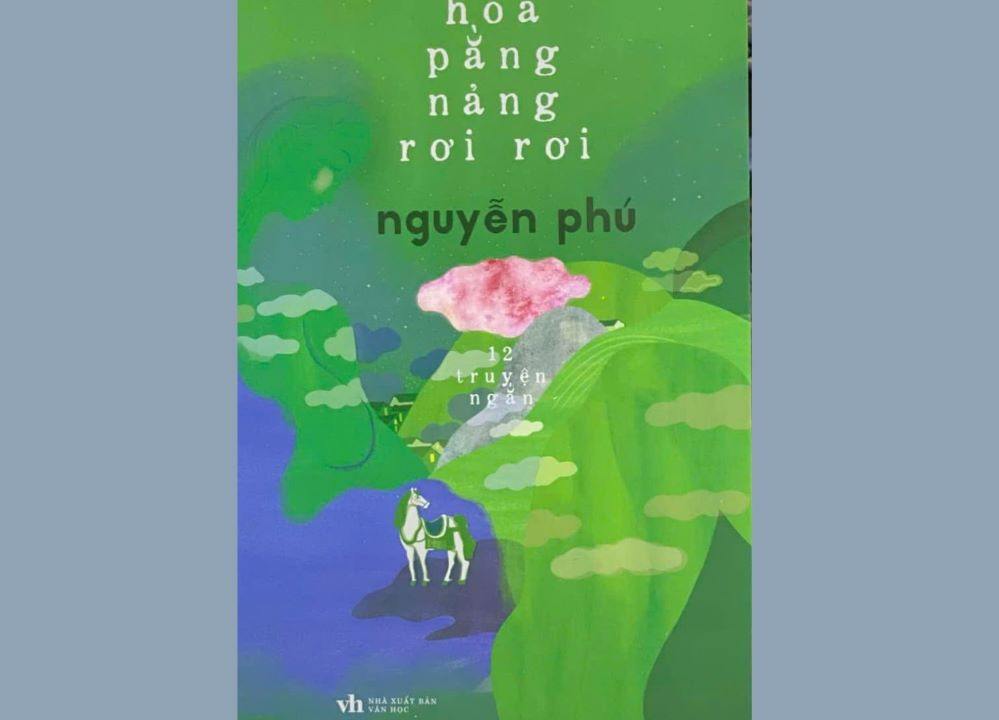
![[Photo] Students of Binh Minh Primary School enjoy the full moon festival, receiving the joys of childhood](https://vphoto.vietnam.vn/thumb/1200x675/vietnam/resource/IMAGE/2025/10/3/8cf8abef22fe4471be400a818912cb85)




![[Photo] Prime Minister Pham Minh Chinh chairs meeting to deploy overcoming consequences of storm No. 10](https://vphoto.vietnam.vn/thumb/1200x675/vietnam/resource/IMAGE/2025/10/3/544f420dcc844463898fcbef46247d16)
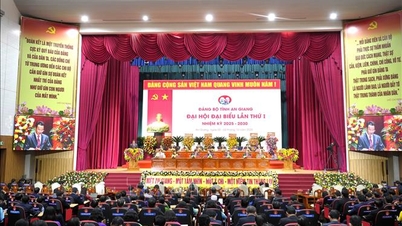

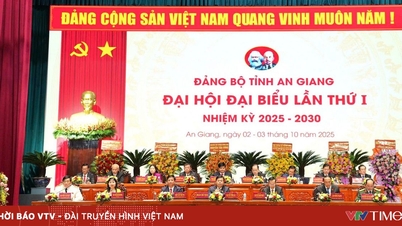


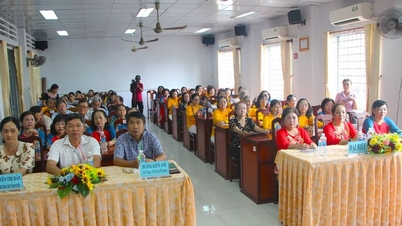
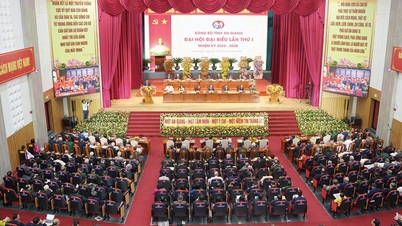
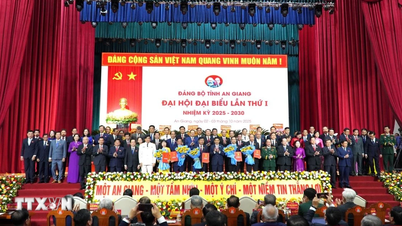

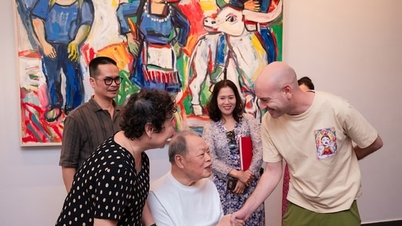

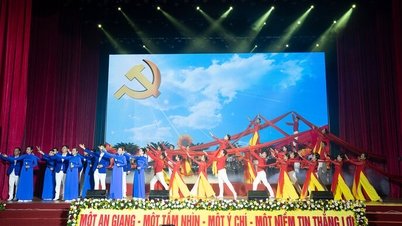

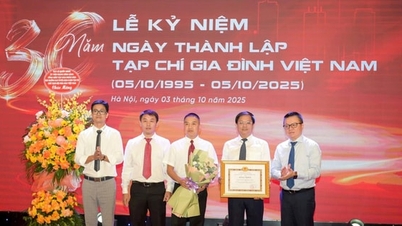
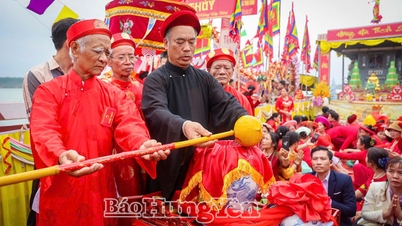

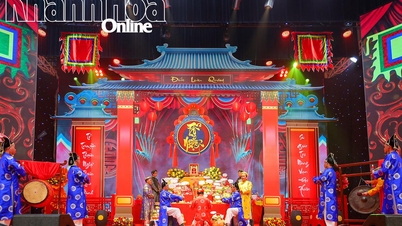







![[Megastory] Building An Giang province to develop sustainably, entering a new era with the country](https://vphoto.vietnam.vn/thumb/402x226/vietnam/resource/IMAGE/2025/10/3/f7c9bdd496204362a3927418e980c40e)

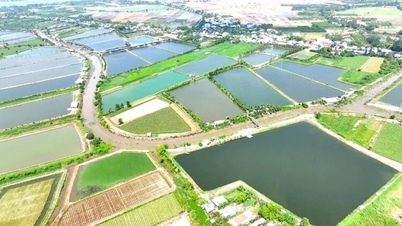
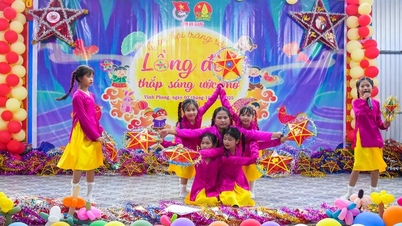
























































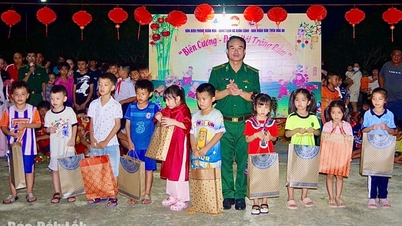











Comment (0)